Ten of us left on February 2nd. We landed 12 hours later in perfect weather in Auckland New Zealand. After a day “resting” including a tour around the city and a sail on America’s Cup training boats we headed north in two vans for about 5 hours… and time slowed.
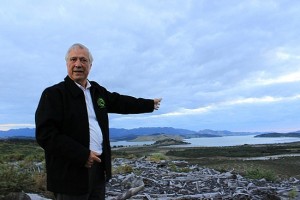

Hilltop pahs, lookouts fortified with palisades were the last line of defenses though long since gone. However the protocol established ways for tribes to visit safely and the powhiri protocol is the first step. We were called in to the carved meeting house by a senior woman of the tribe. We walked together down a long pathway as she sang to us in Maori, took our shoes off, were shepherded to the back wall to honor our ancestors, were given descriptions of how the weaving and carving tell part of their local history, and eventually sat in rows facing our hosts.
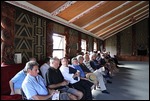

After the speeches all the visitors greet the hosts by handshake and touching of noses. Shortly thereafter we adjourned for dinner in the social hall. There was an hour of light left and Pa Tate, the honored elder, suggested we drive to a lookout site so he could explain the history of the area.
Our spartan accommodations, traditional for visitors, was the floor of the meeting house with beds lined up against the walls. In our spare time we mingled with the visitors that included numerous Kerikeri Rotarians amd Brad’s Mother, Brother, Uncle and Aunt.
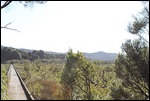

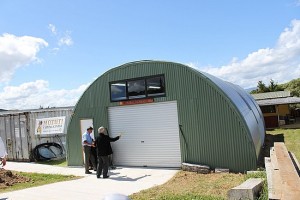

Tradition has it that there cannot be carving done for practice inside the building until the dedication ceremony which asks and answers two questions:
Q: What is the name of the building A: Motuti Carving Center
Q: For whom will it benefit? A: For all
Holy water was sprinkled in the building from six leafy fronds mostly by our group. All the visitors followed in a spiral until the building, set to train 8 carvers was full of 70 people! Speeches were from the District Governor Georges Giovanelli (from New Calendonia) and PDG Ernie Jensen. Brad Miller presented the Proclamation from our Arcadia Mayor, John Wuo, a certificate from our DG Tom Novotny and congratulatory letter from President Imy. Jock Hodgson, project coordinator from Kerikeri Rotary thanked his team. DG George conducted the very first carving (which was picked up by the local paper to illustrate their article)
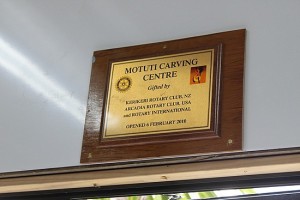

Jean Kapea who coordinated the project for the Marae and Robert Paparoa who is the lead carver both spoke and unveiled gifts for the Rotary clubs. The ceremony closed with a group of Marae women singing a soulful harmonized rendition of America the Beautiful in a Maori translation and in English.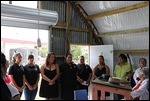

We were fed a hangi lunch, cooked in the ground on hot rocks but reflective of the modern era – in foil boxes. A brief Departure Ceremony followed where individuals offered words of thanks and appreciation. Traditionally the visitors are only allowed on the Marae for the purpose of their visit.
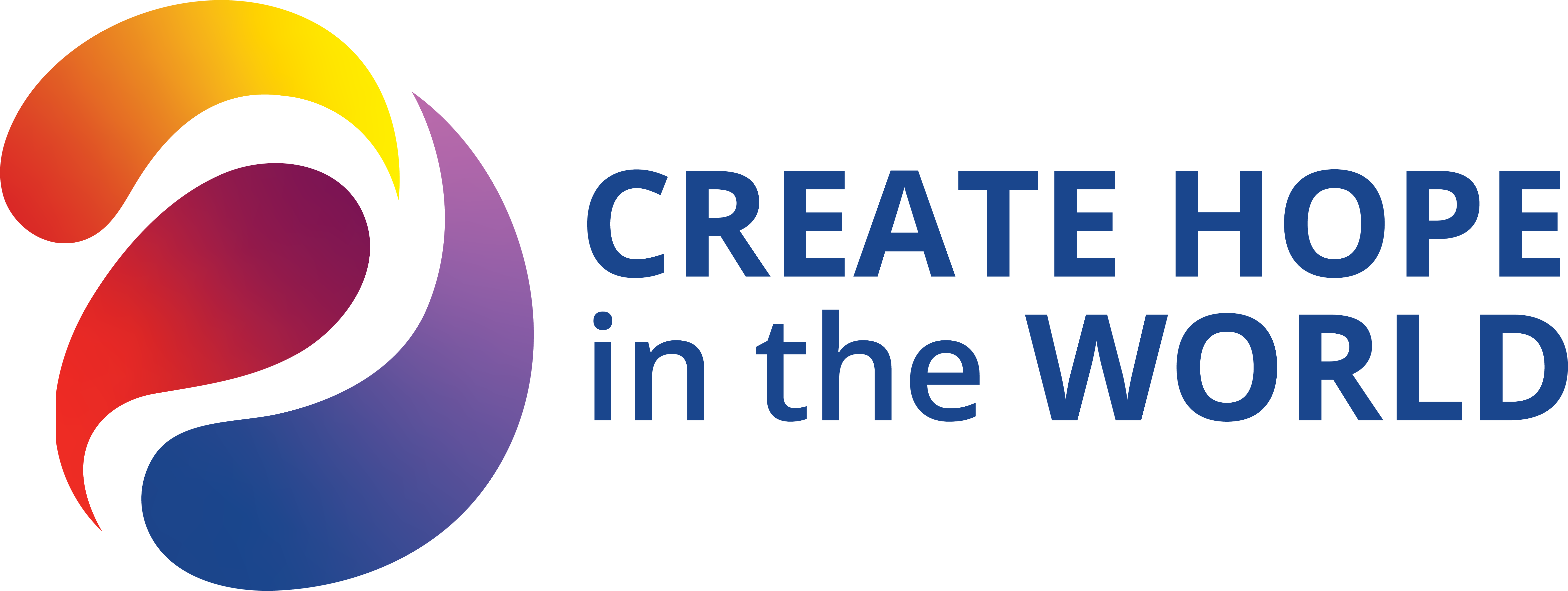
 Let’s Recap! 4/19/24
Let’s Recap! 4/19/24